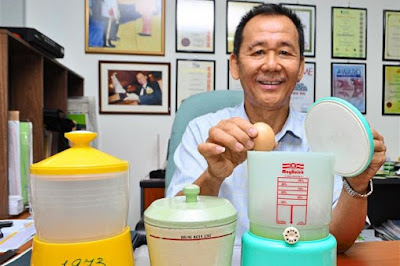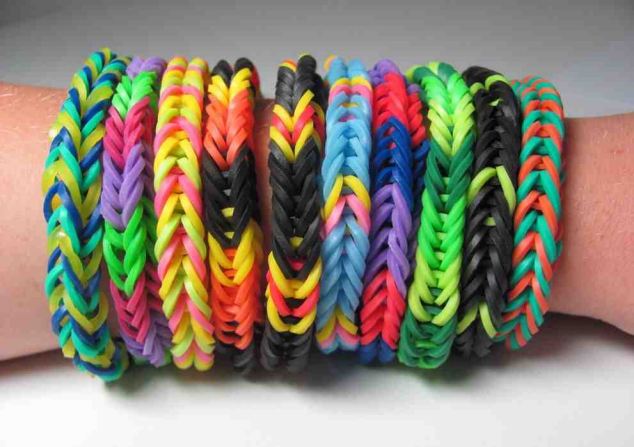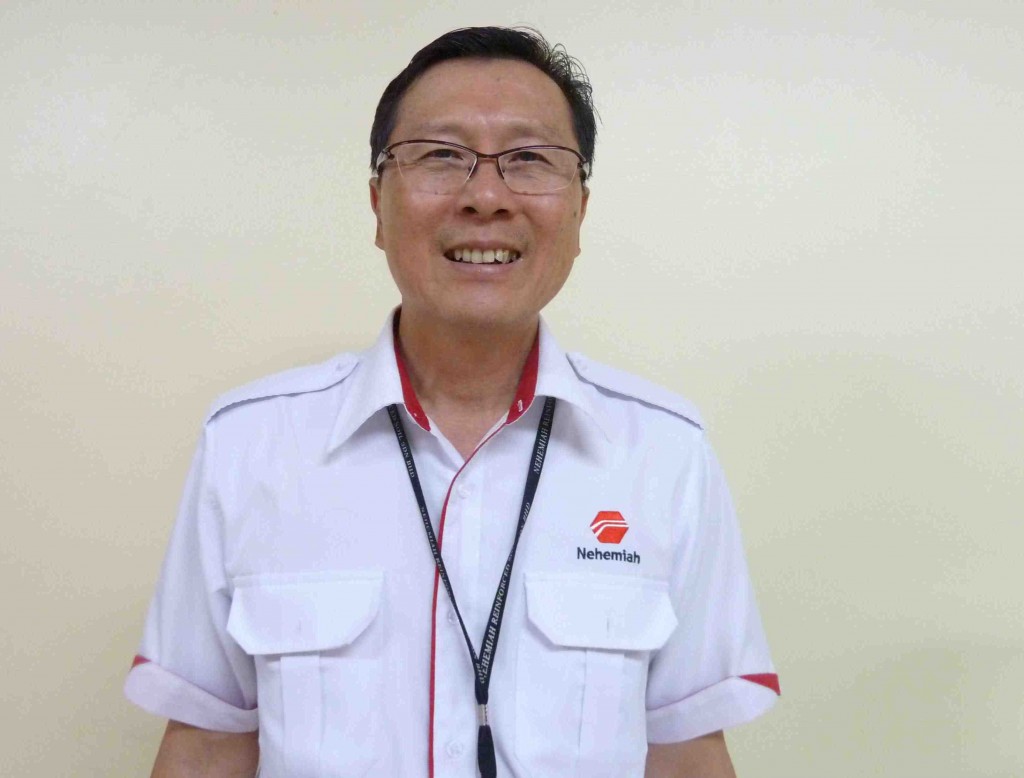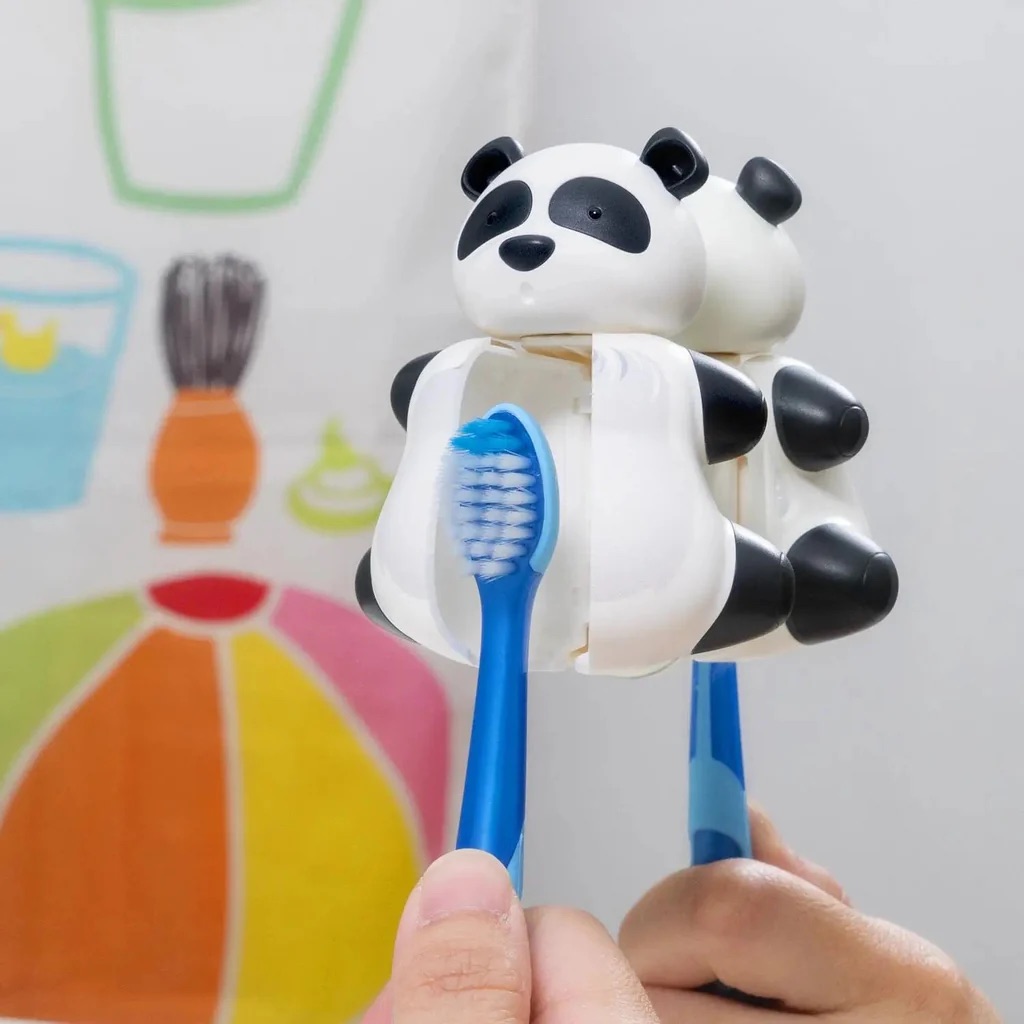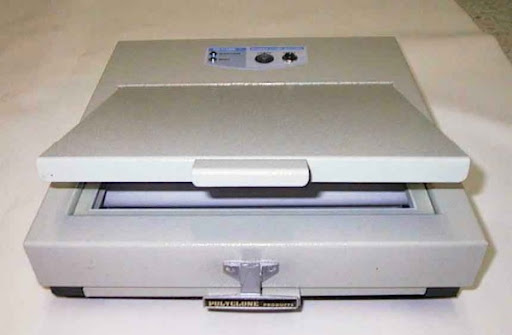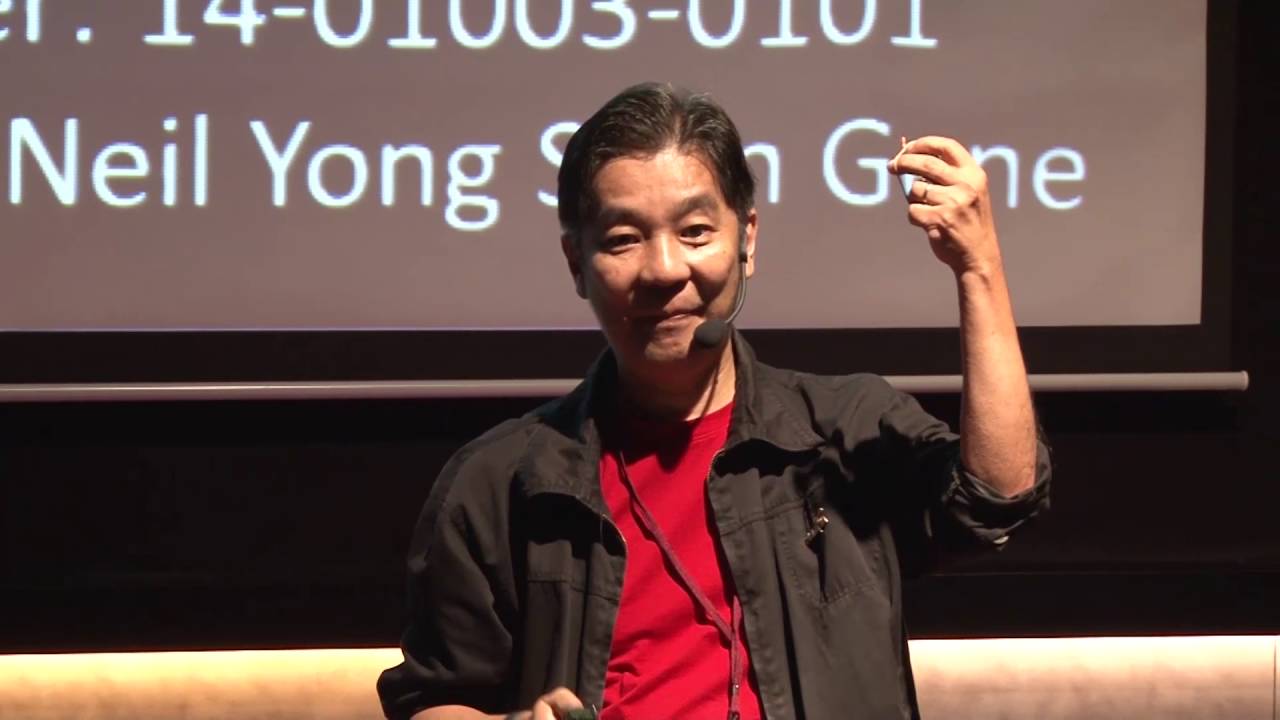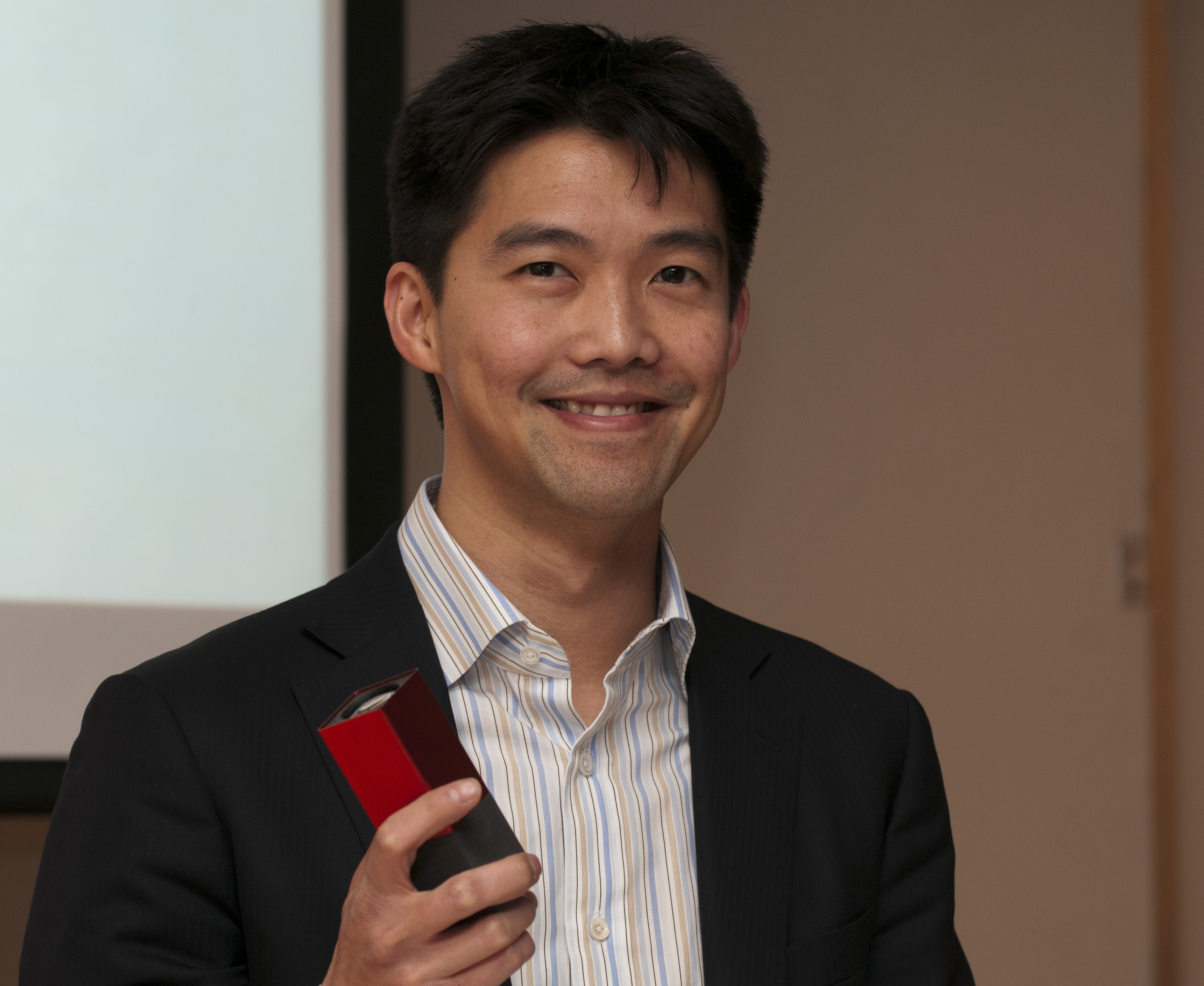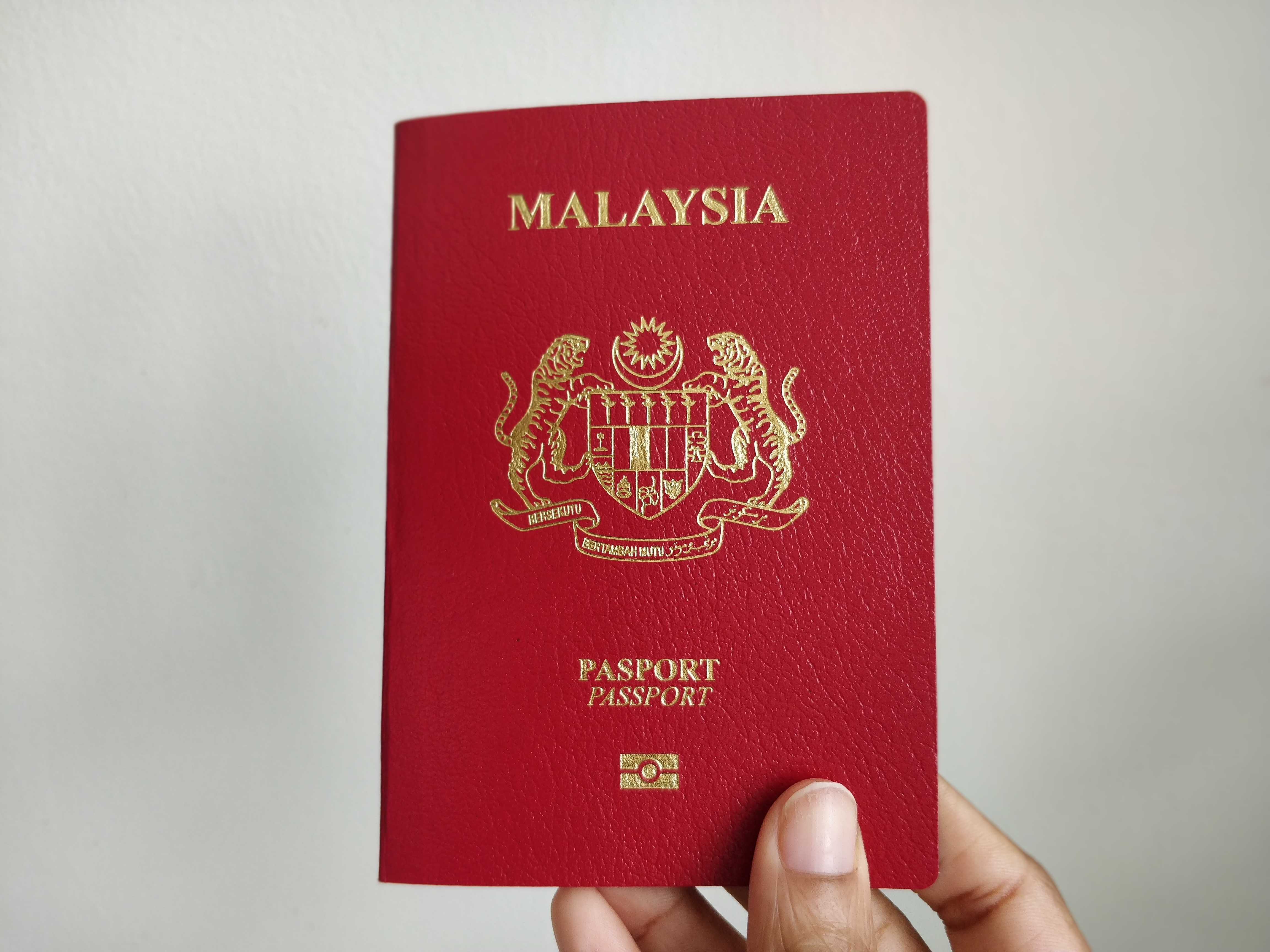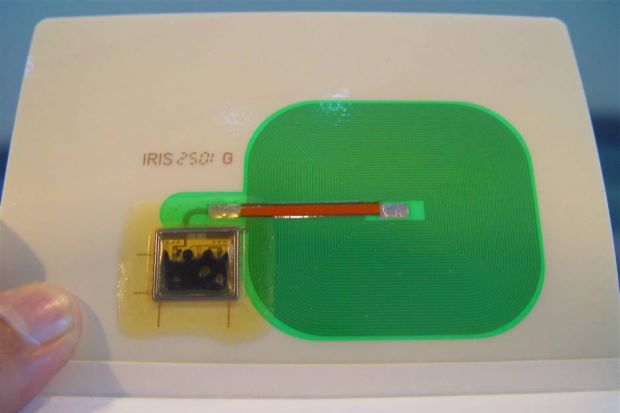7 Inventions You Probably Didn't Know Were Made By Malaysians
You may have used many of these products without realising.
1. The automatic egg boiler
Found in nearly every kopitiam and mamak, this nifty device ensures that every half-boiled egg is perfectly cooked to its core.
This ingenious invention was created by Datuk Hew Ah Kow in 1973. At that time, Hew worked as a bulldozer operator and enjoyed half-boiled eggs for breakfast. However, his hectic schedule often led to overcooked eggs.
This frustration led him to develop a way to consistently achieve perfectly cooked soft-boiled eggs.
He began experimenting with makeshift egg boilers made from punctured tin cans and hot water. After a year of trial and error, he discovered the perfect ratio of water to eggs. The four-piece plastic device that started as a simple solution has now become a staple used in many Malaysian households.
2. Single-chip USB flash drive
A Malaysian engineer widely regarded as the 'father of the pendrive' is Datuk Pua Khein-Seng.
Born and raised in Malaysia, Pua revolutionised our digital lives by inventing the portable, compact storage device that redefined the way we store and transfer data.
This was a massive leap forward from earlier bulky storage options like floppy disks, CDs, and even the occasional practice of emailing files to ourselves.
Today, cloud storage and other data storage options have become popular, but for a time, USB flash drives, or pendrives, were among the only ways to physically transport data between devices without an Internet connection.
3. Rainbow Looms
The inventor of the Rainbow Loom is Cheong Choon Ng, a Malaysian immigrant living in the US. After moving to the US in 1991 to pursue higher education, Cheong became a mechanical engineer.
In 2010, he wanted to create a fun activity for his daughters, who were making bracelets with rubber bands. However, his adult-sized fingers made it difficult to use the small looms available.
To address this challenge, he designed a larger and more user-friendly loom specifically for making rubber band bracelets. This became the Rainbow Loom.
While the concept of weaving bracelets with thread or other materials existed before, Cheong's innovation made the process easier and more accessible for children, sparking a global craze for Rainbow Looms and colourful rubber band creations.
He made RM480 million in just three years from Rainbow Loom! :O
Even celebrities such as Prince William, Kate Middleton, Julia Roberts, and Pope Francis were seen wearing Rainbow Loom bracelets.
4. Nehemiah Walls
Dr Nehemiah Lee, a Malaysian civil engineer who hails from Kluang, Johor, is the inventor of the Nehemiah Wall.
While working on his Master's degree in the early 1980s, he became fascinated with reinforced soil for construction. He studied existing systems and envisioned creating a more versatile and efficient retaining wall solution.
Drawing on his studies and experience, Lee developed the Nehemiah Wall system. This modular retaining wall system is made of precast concrete blocks with a distinct honeycomb shape, reinforced with steel bars and backfill material.
Nehemiah Walls offer several advantages over traditional retaining walls:
- Cost-effective: They require less material and construction time, reducing costs.
- Adaptability: They can be built on various soil conditions and suit a range of applications.
- Strength and durability: The design provides robust support for slopes and embankments
5. Flipper toothbrush cover
The Flipper toothbrush cover is a clever and hygienic invention designed to protect toothbrushes from germs and contaminants.
Invented by Goo Yock Tee, it addresses common concerns about maintaining toothbrush hygiene, especially in shared or small bathroom spaces.
With a simple press, the unique patented design opens and closes effortlessly without touching the toothbrush bristles.
Goo's invention has become a world-famous brand called Flipper, used by more than 25 million people and sold in over 40 countries. It is available in a variety of fun and colourful designs.
6. Polyclone Instant Rubber Stamp Machine
The Polyclone Instant Rubber Stamp Machine was created by award-winning Malaysian inventor Robest Yong.
This machine revolutionised rubber stamp production by significantly reducing creation time. Before Polyclone, making a rubber stamp could take up to a week.
However, with this invention using photopolymer technology, rubber stamps can now be produced within minutes, making the process quicker and more efficient.
7. Lytro Camera
Frustrated with the limitations of traditional cameras, particularly the inability to refocus a photo after it's taken, Malaysian-born scientist Ren Ng invented the Lytro camera.
Unlike traditional cameras that capture only the colour and intensity of light, Lytro cameras use light field technology.
This innovation captures light rays in addition to colour and intensity, allowing users to adjust focus and other aspects of the image after it's captured.
For photographers, the Lytro camera opened doors to a new level of creative control. The ability to manipulate focus and depth of field after the shot was revolutionary.
BONUS: Biometric passport
While Malaysia was the first country in the world to issue biometric passports in 1998, there isn't a single inventor credited with the overall concept of biometric passports.
Biometric technology itself has been around for decades, used in various applications like fingerprint scanners and facial recognition systems. However, Malaysia led the way in integrating biometric technology into passports, marking a significant milestone in travel security.
This involved collaboration between the Malaysian government and private companies.
The microchip containing the biometric data (facial image and fingerprints) for Malaysian passports was developed by a Malaysian company called IRIS Corporation.
The government played a crucial role in initiating the project and setting the standards for the implementation of biometric passports, thus contributing to the advancement of passport security technology on a global scale.

